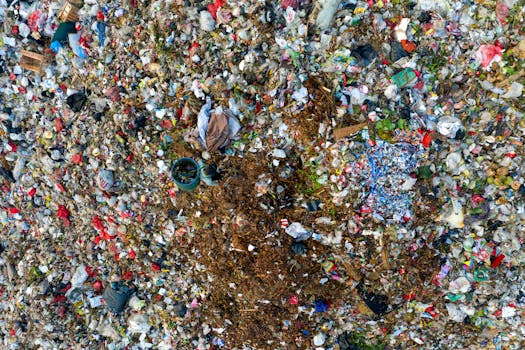Recycling Old Gadgets: Sustainable Disposal Methods for Electronic Waste
In our modern world, gadgets have become an integral part of our daily lives. From smartphones and laptops to gaming consoles and kitchen appliances, we are surrounded by various electronic gadgets that make our lives more convenient and enjoyable. However, as technology advances and new gadgets are constantly released into the market, it also means that older gadgets become obsolete and are replaced. This leads to the pressing issue of electronic waste, or e-waste, and the proper disposal of these old gadgets. In this article, we will discuss the importance of recycling old gadgets and the sustainable disposal methods for electronic waste.
The Impact of E-Waste on the Environment
The improper disposal of electronic waste has a significant impact on our environment. E-waste contains hazardous materials such as lead, cadmium, and mercury, which can contaminate the soil and water if not properly disposed of. These toxic materials can also seep into our food supply, posing a threat to human health. In addition, e-waste also contributes to air pollution as toxic fumes are released when old gadgets are burned or landfilled.
Furthermore, e-waste is a major contributor to global carbon emissions. According to the Global E-waste Monitor 2020, nearly 54 million tonnes of electronic waste were generated globally in 2019, with only 17.4% being officially documented and recycled. The remaining 82.6% ended up in landfills and incinerators, emitting approximately 98 million tonnes of carbon dioxide equivalent.
The Need for Recycling Old Gadgets
Recycling old gadgets is crucial in mitigating the negative impact of e-waste on the environment. The process of properly recycling electronic waste involves dismantling them into their component parts and extracting materials that can be reused to manufacture new products. This reduces the need for extracting more raw materials, conserving natural resources, and decreasing the carbon footprint associated with manufacturing.
Moreover, recycling also helps reduce the amount of e-waste that ends up in landfills or incinerators. By diverting e-waste from these disposal methods, we can prevent the release of harmful toxins into the environment and reduce carbon emissions. In addition, proper recycling means that these hazardous materials can be safely disposed of, reducing the risk of contamination and harm to human health.
Sustainable Disposal Methods for Electronic Waste
1. Donation
If your old gadgets are still in good working condition, consider donating them to someone in need or to a nonprofit organization. This not only extends the life of your gadget but also reduces the demand for new products. Many schools, charities, and organizations accept donations of old gadgets for educational purposes or to rehome them to those who cannot afford brand new gadgets.
2. Trade-In Programs
Some electronic companies and retailers offer trade-in programs where you can receive a discount or credit towards a new purchase by trading in your old gadgets. This is a win-win situation as you get to upgrade to a new gadget, and your old one gets recycled or refurbished for resale. Check with your favorite electronic retailers or manufacturers to see if they offer this service.
3. Certified E-Waste Recyclers
There are many certified e-waste recyclers that specialize in properly disposing of electronic waste. These facilities have the equipment and expertise to safely dismantle and recycle old gadgets. By using certified e-waste recyclers, you can be assured that your gadget is being disposed of responsibly and sustainably.
4. E-Waste Collection Events
Many cities and communities organize e-waste collection events where you can drop off your old gadgets for proper disposal. These events often collaborate with certified recyclers and are an excellent opportunity for individuals to properly dispose of large quantities of e-waste, such as old computers or TVs.
5. Mail-In Recycling Programs
There are also mail-in recycling programs offered by various electronic companies and retailers. You can request a shipping label, send your old gadgets to the designated recycling center, and they will handle the rest. This method is convenient for those who are unable to attend e-waste collection events or do not have access to certified e-waste recyclers.
Conclusion
In conclusion, recycling old gadgets is crucial in reducing the negative impact of e-waste on our environment. By properly disposing of your old gadgets, you not only help conserve natural resources and reduce carbon emissions but also prevent the release of harmful toxins into the environment. With various sustainable disposal methods available, it is essential for individuals to make an effort to recycle their old gadgets, ensuring a greener and cleaner future for all.











